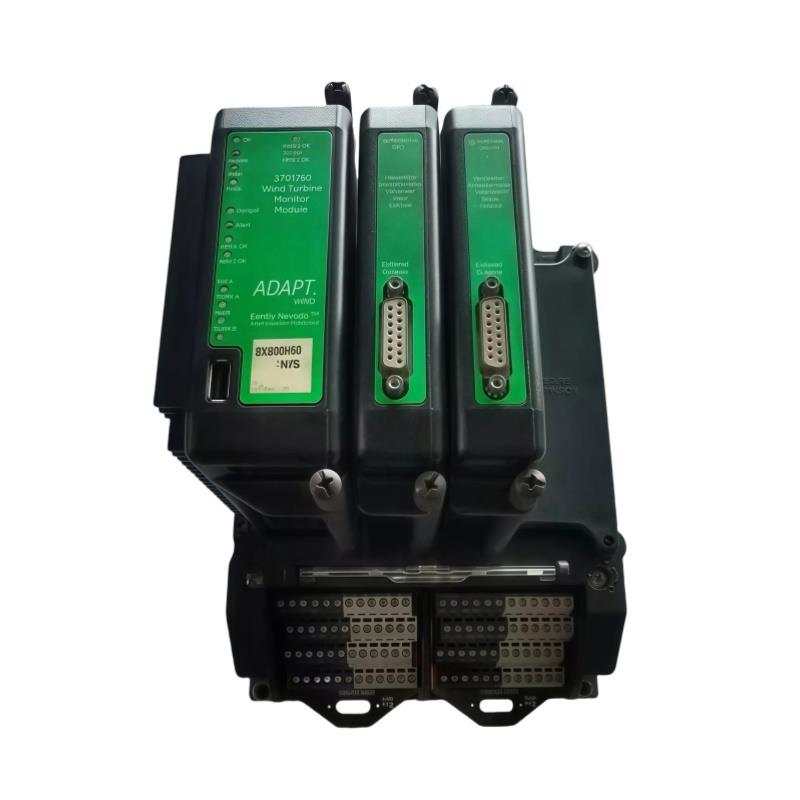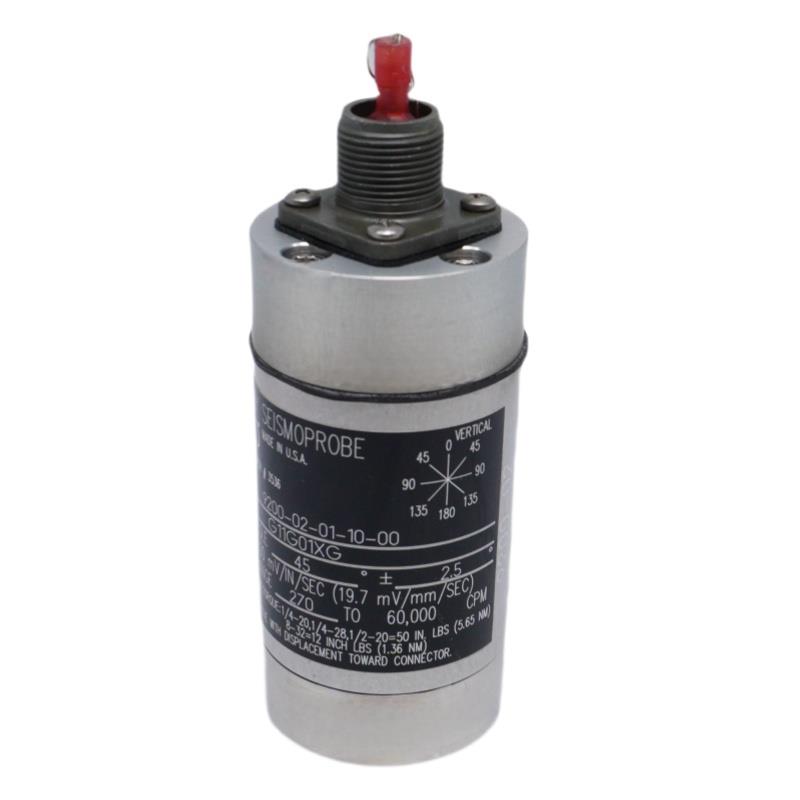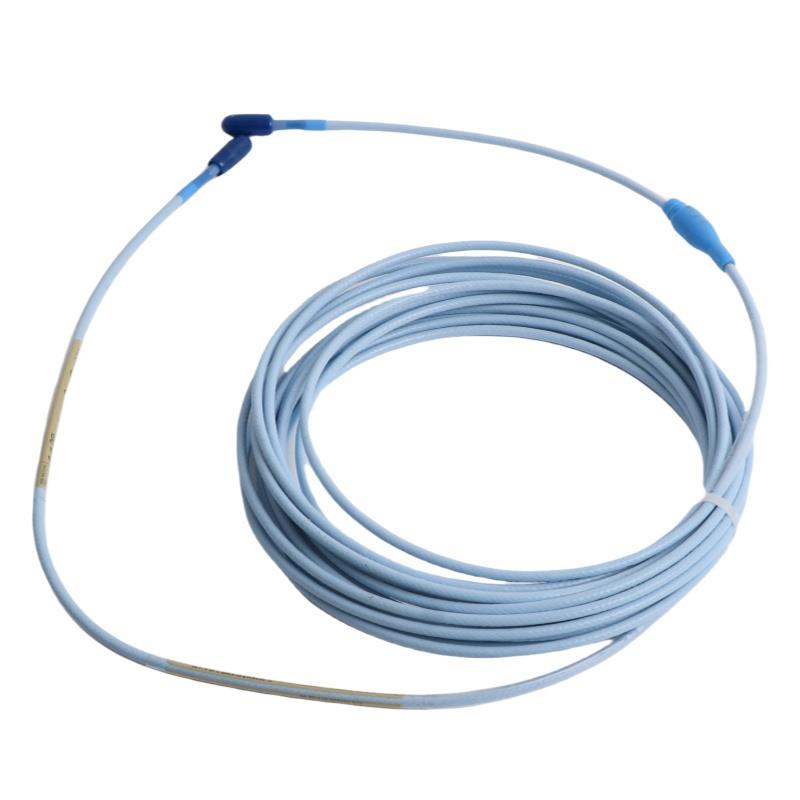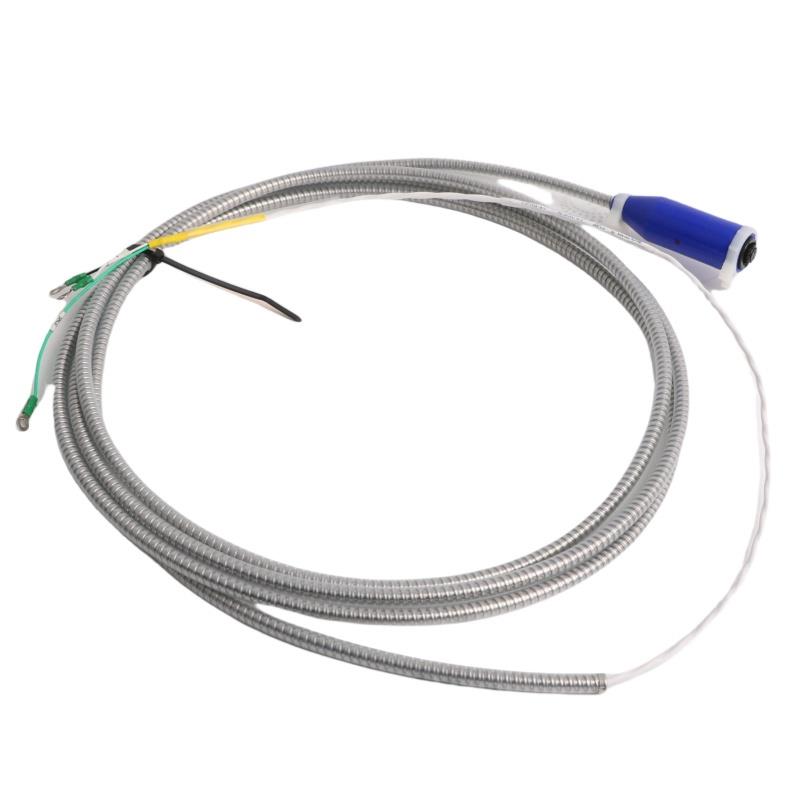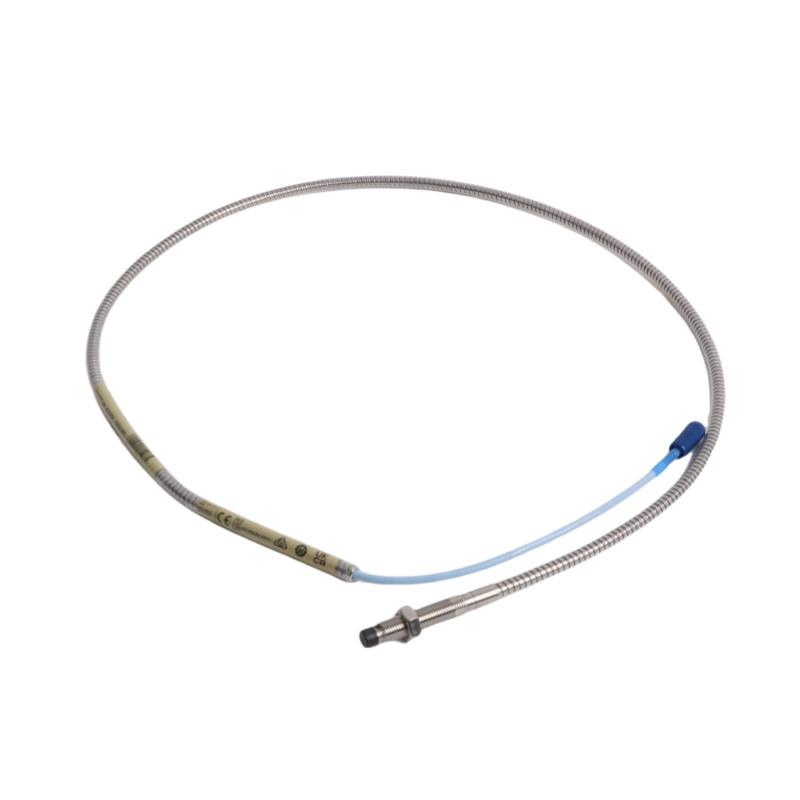Product details
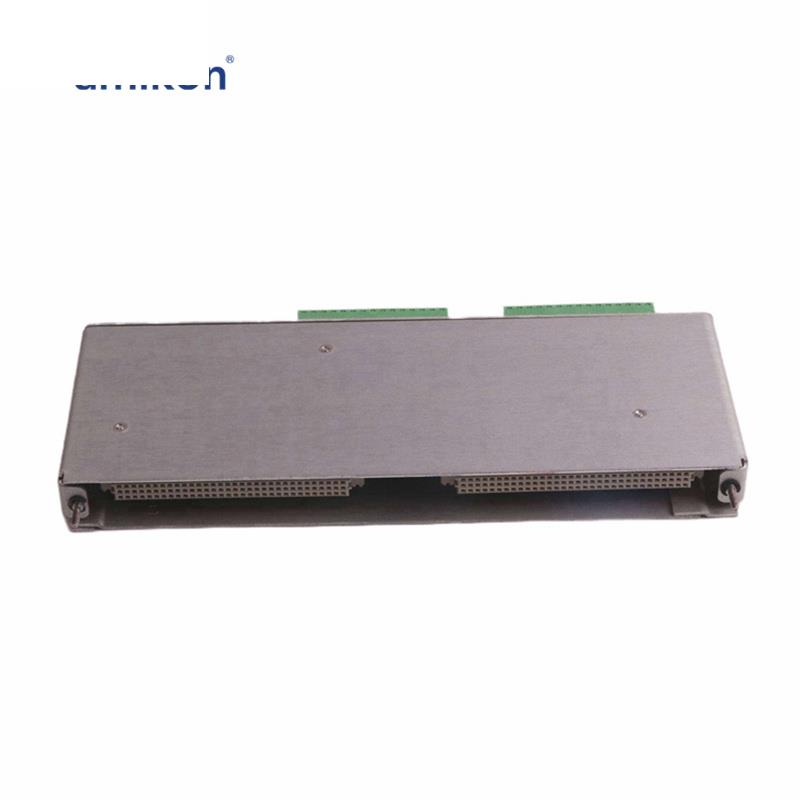
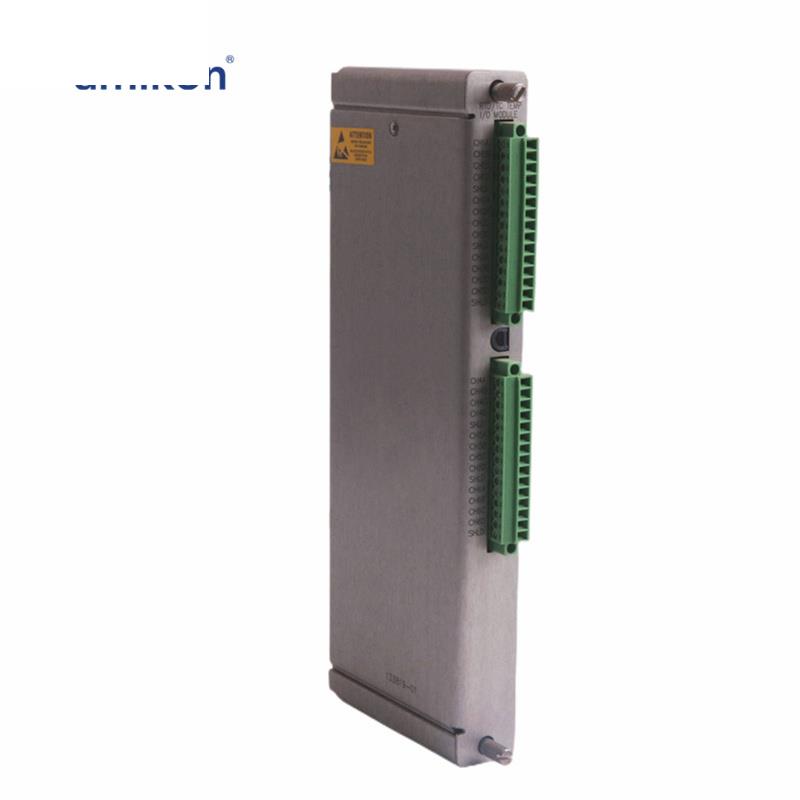
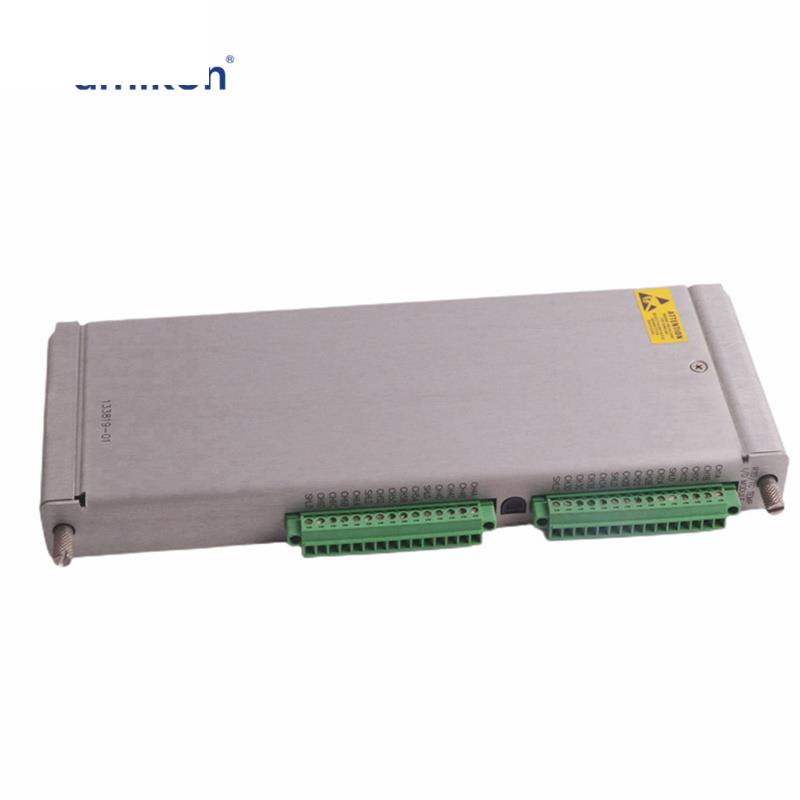
SPECIFICATIONS
Part Number: 133819-01Manufacturer: Bently Nevada
Series: 3500
Product Type: 3500/60 RTD/TC Non-Isolated I/O Module, internal Terminations
Availability: In Stock
Dimensions (L x W x H) : 2.6cm x 11.2cm x 24.2cm
Weight : 0.46 Kg
Country of Origin: United States (USA)
133819-01 is an RTD/TC Non-Isolated I/O Module with internal terminations developed by Bently Nevada. It is a part of 3500/60 & /61 Temperature Monitors. Both Resistance Temperature Detector (RTD) and Thermocouple (TC) temperature inputs are accepted by the modules for temperature monitoring, and they are compared to user-programmable alarm setpoints. The user can configure the RTD/TC non-isolated version to accept either TC or RTD, or a mixture of TC and RTD inputs. The TC isolated version provides 250 Vdc of channel-to-channel isolation to protect against external interference. The global industry standard and suggested material for all applications is platinum RTDs with 0.00385 alphas.
-The 3500/60 & 61 temperature monitoring modules have six channels and take both Resistance Temperature Detector (RTD) and Thermocouple (TC) temperature inputs. These inputs are conditionally compared to user-programmable alarm setpoints by the modules.
-The 3500/60 and 3500/61 are functionally identical, with the exception that the 3500/61 has recorder outputs on each of its six channels, but the 3500/60 does not. Using the 3500 Rack Configuration Software, the user configures the modules to perform RTD or TC temperature measurements.
-RTD/TC non-isolated and TC isolated versions of several I/O modules are available. The RTD/TC non-isolated version can be configured to take either TC or RTD inputs, or a combination of TC and RTD inputs. To defend against external interference, the TC isolated version provides 250 Vdc of channel-to-channel isolation.
-Temperature monitors must be deployed in groups of three when utilized in a Triple Modular Redundant (TMR) configuration. The system uses two methods of voting in this setup to ensure correct operation and to avoid single-point failures.


